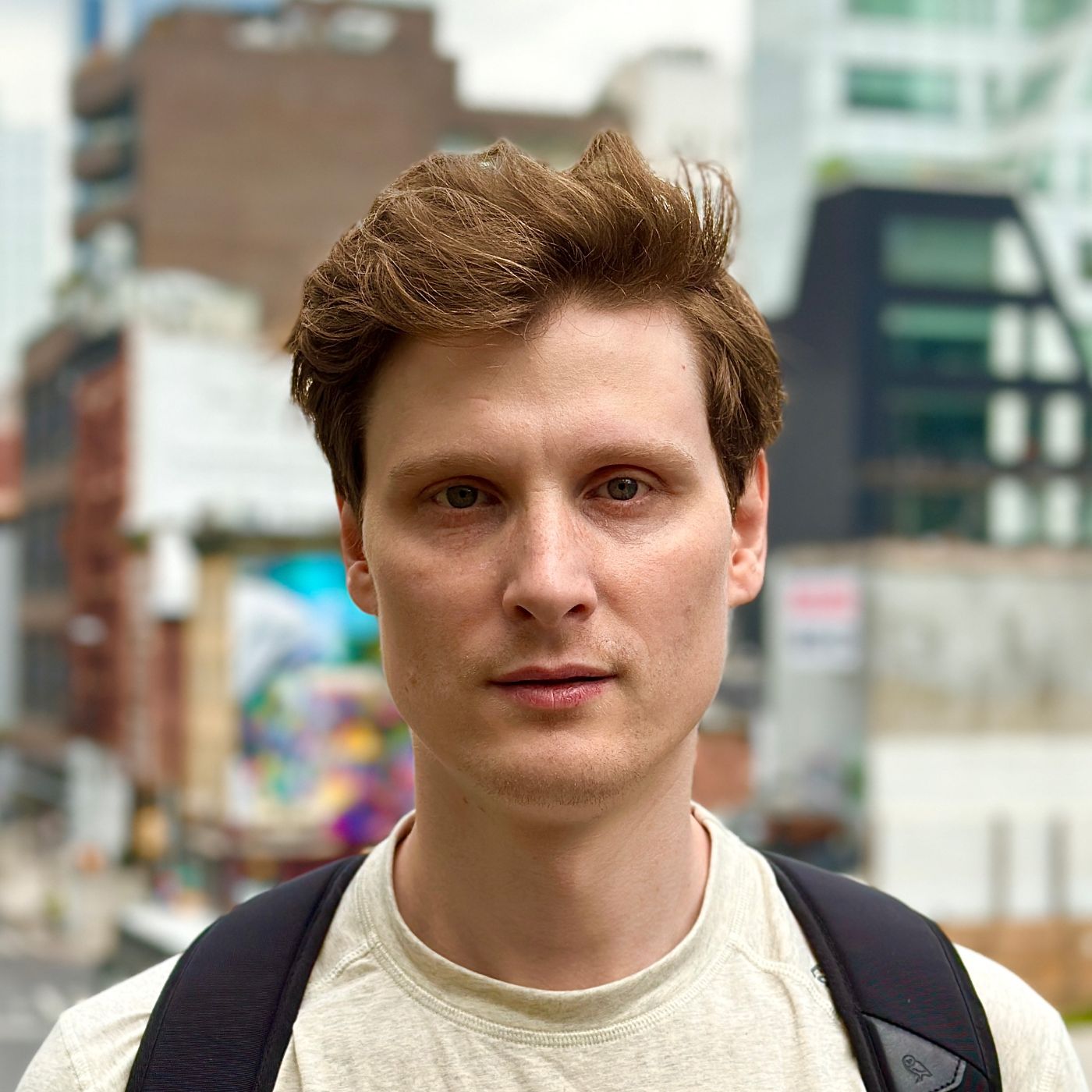Claude Sonnet 3.5 系统提示泄漏:法医分析
Jan 20, 1970

Senior iOS Engineer at Triumph Labs. Launched WordDeposit and SimpleRuler Apps. Tech writer and public speaker.

Senior iOS Engineer at Triumph Labs. Launched WordDeposit and SimpleRuler Apps. Tech writer and public speaker.
Jan 20, 1970
Jan 20, 1970
Jan 20, 1970
Jan 20, 1970